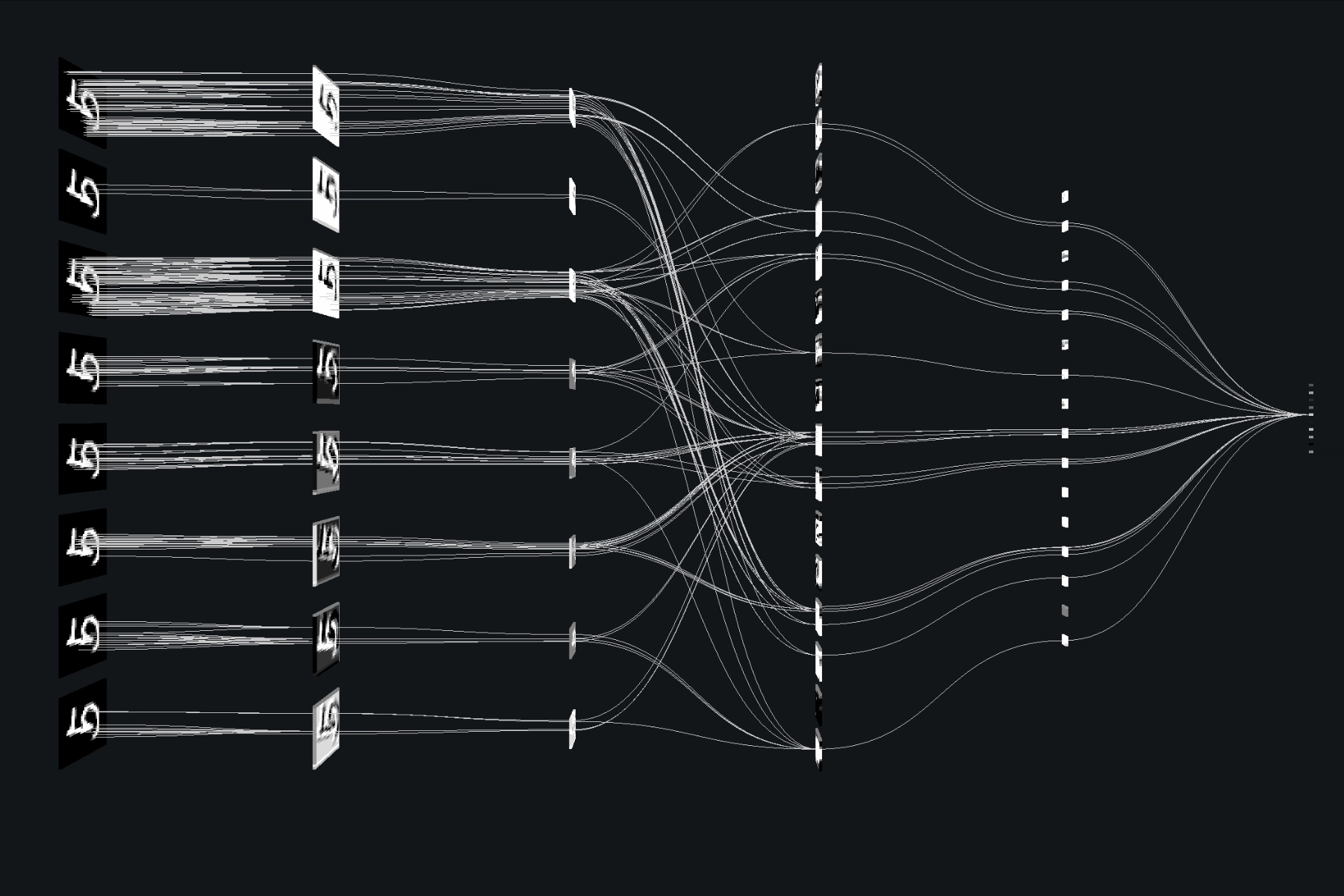Abstract
Product managers are trapped in a paradox: they are hired to be strategists but spend their days as firefighters. The constant pull of daily operations, urgent requests, and tactical execution creates a “tyranny of the urgent” that systematically crowds out the deep, long-term thinking that real product strategy requires. This isn’t a personal failing, it’s a systemic design flaw in how most tech companies operate. The result is a parade of well-executed features that lead nowhere, a roadmap that’s just a glorified to-do list, and a team that’s busy building the wrong thing, brilliantly.
It’s a scene that plays out in every tech company, every single day. A product manager, we’ll call her Sarah, blocks off two precious hours on her calendar. The title: “Q4 Strategy Deep Dive.” She closes Slack, silences her phone, and opens a blank document. For five minutes, she stares at the blinking cursor, contemplating market shifts and customer personas. Then, a Slack ping from an engineer about a blocked PR. A critical bug from customer support. A request from sales for a custom demo. An hour later, the “strategy” document contains a single, lonely sentence: “Need more data.” The two-hour block is gone, consumed by the operational monster.
This is the silent crisis in product management. The role is defined by strategy, but the reality is a relentless avalanche of tactics. As one product manager lamented on a forum recently, “I find managing the products on a day-to-day basis and stopping long enough to think bigger about customer requirements and the market challenging. Every time I think I will have a few moments to focus on the strategy something needs my attention.” The sentiment is so universal it’s practically a job requirement.
The problem isn’t a lack of desire or intelligence. It’s a fundamental confusion between the boat and the river.
Are You Debating Oars or Choosing a River?
One of the most insightful explanations of this problem comes from a veteran product leader who uses a simple analogy. Imagine a winding river, a road, and a footpath, all leading to the same city. Somewhere in the middle, there’s a person in a small boat, rowing furiously.
The leader asks: are you arguing about the type of boat? The design of the oars? Or are you first making sure you’re on the right path?
Arguing over which boat to use is hubris if you don’t know which route you’re taking. The river, the road, or the path? Until you answer that, all your “strategy sessions” are just tactical theater. You’re optimizing for rowing speed while your competitors are building a locomotive on the next track over.
This is the core of the issue. Product teams spend weeks debating button colors and API endpoints (tactics) while ignoring the much larger questions:
* Where do we want this product to be in 18 months?
* What market shift are we uniquely positioned to exploit?
* If we disappeared tomorrow, who would miss us and why?
This is the chasm between strategy and tactics. An old quote remains painfully relevant: “Strategy without tactics is the longest journey. Tactics without strategy is the noise before defeat.” Most product teams are just making noise.
The Great Escape: Forging Time for Thought
Knowing you need to think strategically is one thing. Finding the space to do it is another. The operational beast is always hungry, and it’s excellent at justifying its own existence.
The solution for many is deceptively simple, if brutally difficult to enforce: you have to literally block out the time and treat it as non-negotiable. This isn’t about “finding” a spare hour, it’s about sequestering your brain.
Some tactics that work in the real world:
* The Focus Day: Designate one day a week (e.g., Friday) as a no-meeting, deep-work day. Turn off all notifications. Warn your teams in advance that you will be unreachable. This isn’t a perk, it’s a strategic requirement.
* The Early Bird Shift: Block off 7 a.m. to 12 p.m. on specific days. The world is quieter, the Slack pings are fewer, and you can get a solid chunk of thinking done before the operational chaos begins.
* The Off-Site Immersion: One leader told their product, engineering, and design leads not to come into the office for four weeks. Their instructions: go to a library, work together, do customer research, interview stakeholders, and bang out the big decisions. Starting is more important than getting it right the first time.
This isn’t about time management tips, it’s about creating a defensible perimeter around your most important responsibility: thinking. You have to be willing to say “I’m in a meeting” when you’re in a meeting with yourself.
Building the Strategic Anchor
Once you have the time, what do you do with it? A strong strategy isn’t a vague idea, it’s a clear, repeatable, and well-communicated framework that guides every decision. As Alok Bhide, head of product innovation at Chronosphere, argues, a robust strategy rests on three foundations:
- Market Opportunity: What has shifted or been overlooked? Articulate the gap in the market with precision.
- Why Us: Why is your company the one to seize this opportunity? Is it technology, brand, distribution? Stakeholders need to hear a credible reason this isn’t just another good idea.
- How: What is the simple, believable, and convincing 10-second version of your core pillars or capabilities? This is not the detailed roadmap, it’s the guiding logic.
But a document isn’t enough. Strategy fails when it’s imposed. It succeeds when teams feel ownership. Bhide notes the importance of getting engineering leaders invested early. Their analytical perspective sharpens the assumptions and turns them into champions who reinforce the message across the organization. This isn’t about getting buy-in after the fact, it’s about co-creating the strategy with the people who have to build it.
When Strategy Becomes a Product
Here’s the final, crucial mindset shift: your strategy is not a stone tablet delivered from the mountain. It’s a product. It should be iterated on, validated, and adjusted based on new data.
Treat it like a product. Iterate, learn, and adjust. Identify your riskiest assumptions and find ways to validate them. This is where prioritization frameworks, often seen as purely tactical tools, become strategic weapons.
Frameworks like RICE (Reach, Impact, Confidence, Effort) or Value vs. Effort aren’t just for ranking features. They are tools for testing your strategy. By scoring initiatives against your strategic goals, you force a conversation about what truly matters. A feature might have high value to a single sales rep (tactical) but low impact on your core strategic objective (strategic). The framework makes that disconnect visible and quantifiable.
Success criteria should be repeated until they become a mantra. A strategy should be explainable in five minutes without slides. Repeat it at all-hands, in board meetings, during one-on-ones, until people can recite it back. Repetition is how people internalize ideas and ensure the vision doesn’t get diluted as teams sprint toward delivery.
Ultimately, breaking free from the tactical trap is an act of leadership. It requires you to defend the space to think, to build an anchor with your team, and to treat your strategy as a living, breathing product. Stop being the best rower in a boat going nowhere. Find the damn river first. Then you can worry about the oars.



